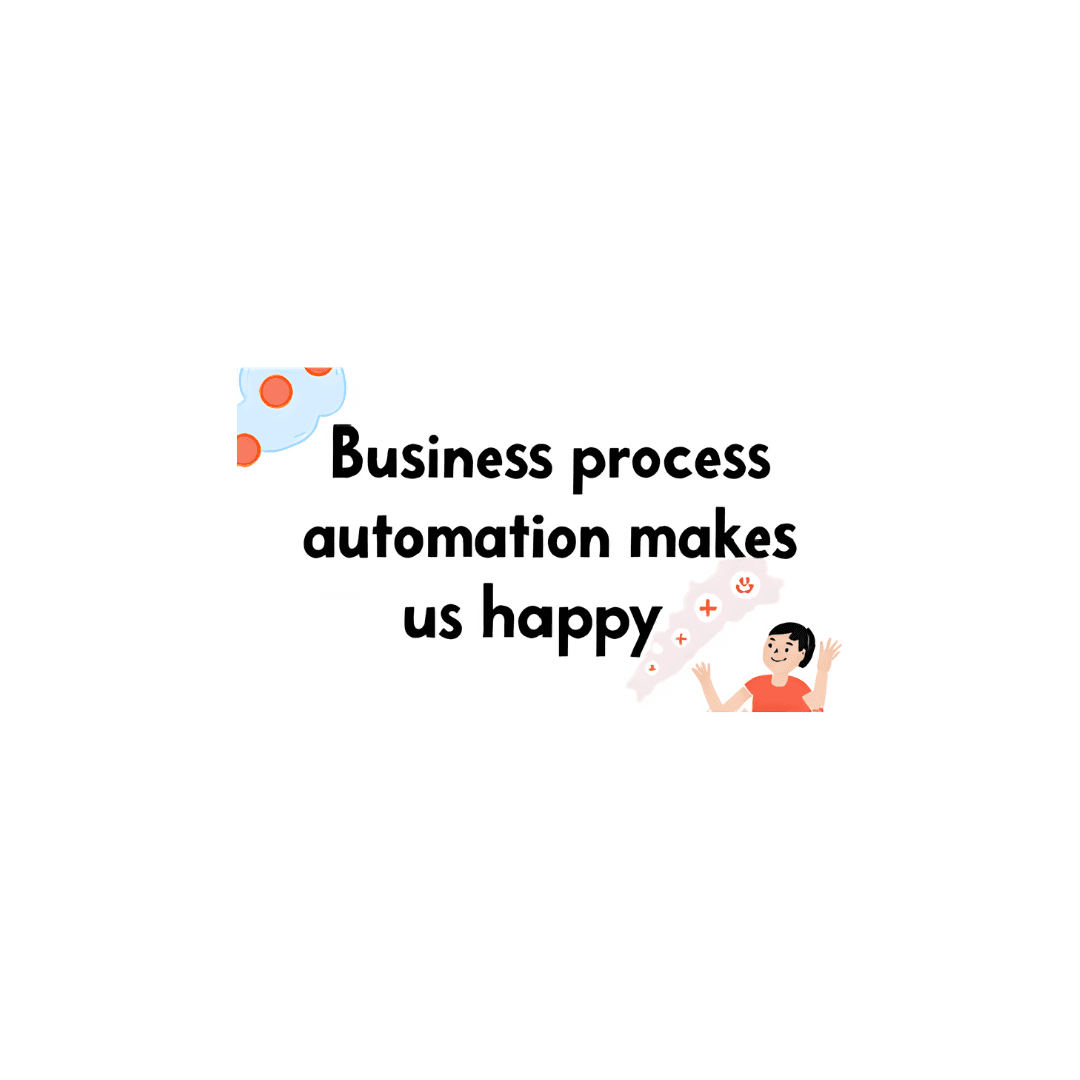Blog Post
AI Decoded - Beyond the buzzwords
2025 is being touted as the year of AI, with those making headway gaining advantage on those who don’t. Leaders are being warned in no uncertain terms to get their business ready to make the most of the new gold rush. But how can


AI concepts explained
2025 is being touted as the year of AI, with those making headway gaining advantage on those who don’t. Leaders are being warned in no uncertain terms to get their business ready to make the most of the new gold rush.
But how can business leaders grasp what AI means for them when this vast arena is so dominated by hype and marketing? It can be baffling trying to navigate.
Our belief is that AI works best when it’s solving meaningful business problems and not just serving as a buzzword. Do read our appraisal of the wider benefits in our guest blog post. As for the jargon, let’s tackle this together. Below we take a look at the most common terms you’ll come across and give you simple definitions. Then as a quick added bonus we’ve thrown in the truth behind 3 common AI myths.
Do bookmark for future use!
Artificial Intelligence (AI)
At its simplest, AI is a set of computer technologies capable of performing intelligent tasks previously only within the grasp of humans. This might include reading documents, recognising pictures and making decisions. AI covers a wide range of intelligent functions from speech recognition like the i-phone assistant Alexa to complex autonomous robots used to build cars.
Large Language Model (LLM)
A Large Language Model (LLM) is an advanced artificial intelligence system that can understand, generate, and process human language by learning from massive amounts of text – think of it as a digital brain that can read, understand and communicate in ways which are similar to humans. Large Language Models are a subset of AI known as generative AI that focuses on understanding and generating human-like text.
Generative AI
Generative AI refers to advanced artificial intelligence systems which can create new content. These systems, like Chat GPT, Perplexity or Google Gemini can be used to create content. As well as written word generators there are products which can create images, videos and even podcasts.
Natural Language Processing
Natural Language Processing (NLP) is a crucial part of why AI is so useful to business because it enables computers to understand, interpret, and generate human language, bridging the communication gap between humans and machines. It is not concerned with numbers and images. Direct uses might include speech recognition and foreign language translation.
Many NLP processes are built on Machine Learning, enabling them to improve over time.
Machine Learning (ML)
This is a subset of AI, which uses an algorithm to analyse large datasets. Applications which use Machine Learning can identify patterns within the data and make predictions without being explicitly programmed and will ‘learn’ and improve on results over time. ML can capture nuances and relationships within a wide range of unstructured data like text, video and pictures that might be overlooked by conventional analysis making it particularly valuable for things like predictive modelling and decision-making.
Robotic Process Automation
Robotic Process Automation (RPA) is software technology that automates simple repetitive, rule-based digital tasks and is therefore less complex than ML. Software “bots” follow predefined rules to carry out tasks such as retrieving emails and downloading attachments without human intervention. RPA is very useful for data entry, copy-pasting records, and compiling reports from structured sources.
Intelligent automation
For more complex tasks using unstructured data you can integrate RPA with AI capabilities, enhancing RPA's efficiency with ML's learning abilities to create intelligent automation.
Big Data
Big Data refers to large volumes of diverse data that can be analysed to reveal patterns and trends, crucial for AI applications.AI algorithms identify patterns that humans cannot easily discern and extract insights which can then be used to make business decisions.
Data mining
Data Mining is the process of discovering these patterns, correlations, and insights from large datasets or “big data”. In the context of AI, data mining employs machine learning algorithms and statistical methods to automatically extract the knowledge to uncover the patterns and insights.
Algorithm
An algorithm is a precise set of step-by-step instructions or rules that a computer programme follows to perform a specific task or solve a particular problem. It is fundamental in AI for data processing, pattern recognition, and decision-making.
Hallucination
Hallucination in AI refers to an incorrect response or false information being presented as factual. This can be particularly problematic in applications where accuracy is critical.
Predictive Analytics
Traditional predictive analytics are not infused with AI, relying instead on human interaction to query data, identify trends, and test assumptions. However, AI-powered predictive analytics represents a more advanced approach, using machine learning to learn from data over time and make autonomous decisions.
AI assistants
These AI driven software tools are increasingly embedded within your existing business software to streamline your workflow and make you more productive. They can perform a wide range of tasks. These digital helpers use NLP and ML to streamline your tasks from summarising meetings to handling enquiries.
Clean Data
Clean data refers to data that is accurate, complete and free from errors. When the data is in good shape machine learning models can identify patterns and make predictions without being misled by duplicates, or inconsistencies. This is why clean data is important to companies looking to introduce AI to their business.
Unstructured Data
Unstructured data is information that does not have a predefined format – for example data in a spreadsheet, which is easy to sort, search, and analyse. Unstructured data, which includes things like emails, social media posts, images, videos and text can be a challenge to traditional analytical methods. But AI and ML can categorise this information and generate insights into things like customer behaviour and market trends.
Structured Data
Structured data is information which has been organised in a predefined format, such as tables or databases, with clear categories and relationships between data points. This type of data is used by AI systems and ML algorithms to process, analyse, and extract insights.
AI Business Myths
Myth: AI will replace human workers entirely.
Reality: AI is more likely to augment human capabilities, allowing employees to focus on more complex, creative tasks.
Myth: AI is only for large tech companies.
Reality: Small businesses can also benefit from AI, one study quotes a business which saved nearly £30k a year by automating accounts payable tasks.
Myth: Implementing AI requires a complete overhaul of existing systems.
Reality: AI can often be integrated into existing workflows and systems, enhancing rather than replacing them.
Next Steps
We hope you find this glossary of terms useful and that you are excited by the opportunities that lie behind the hype. It only now remains to work out how you might use these advancements to help move your business forwards in 2025. If you would like help in figuring out how these concepts fit into practical real-world business needs, then we can help. We believe in business outcomes beyond any one over-hyped technology so do consider a consultation to identify where you can benefit.
Contact us here for a chat.
Share This Post
Mandy Doward
Managing Director
PTR’s owner and Managing Director is a Microsoft certified Business Intelligence (BI) Consultant, with over 35 years of experience working with data analytics and BI.
Frequently Asked Questions
Couldn’t find the answer you were looking for? Feel free to reach out to us! Our team of experts is here to help.
Contact Us


